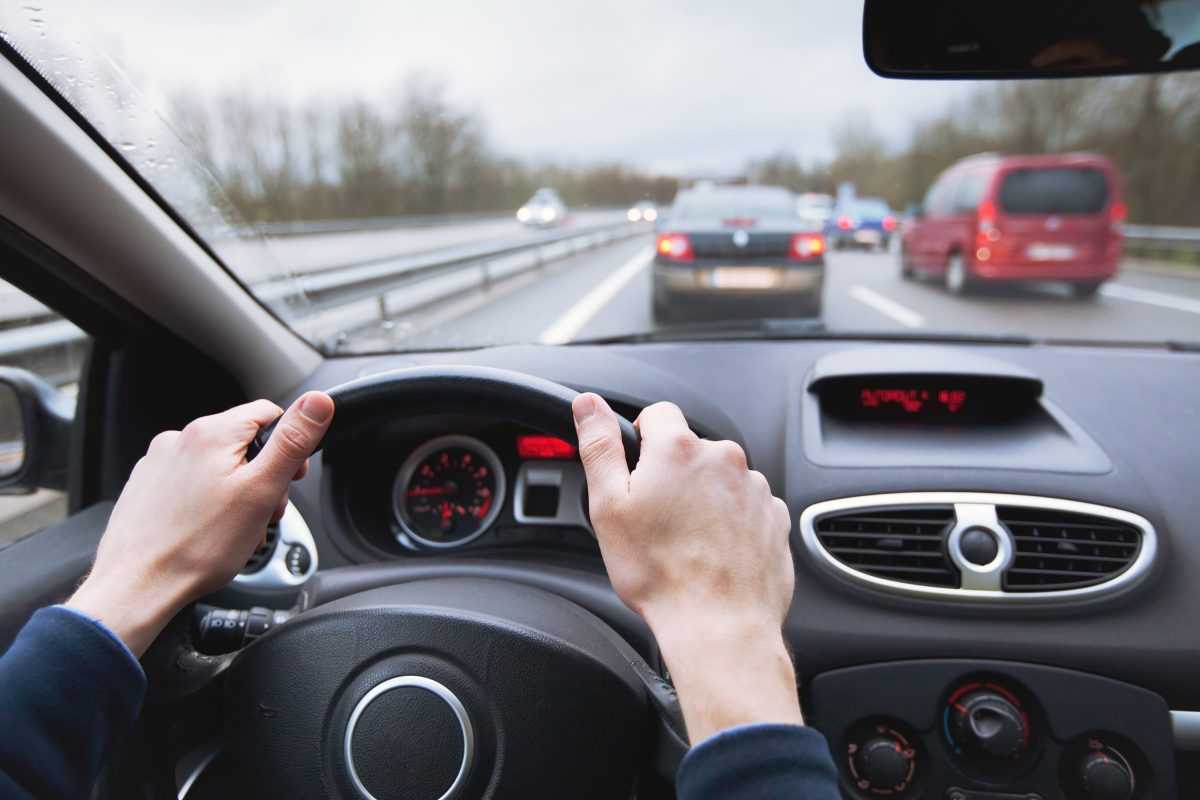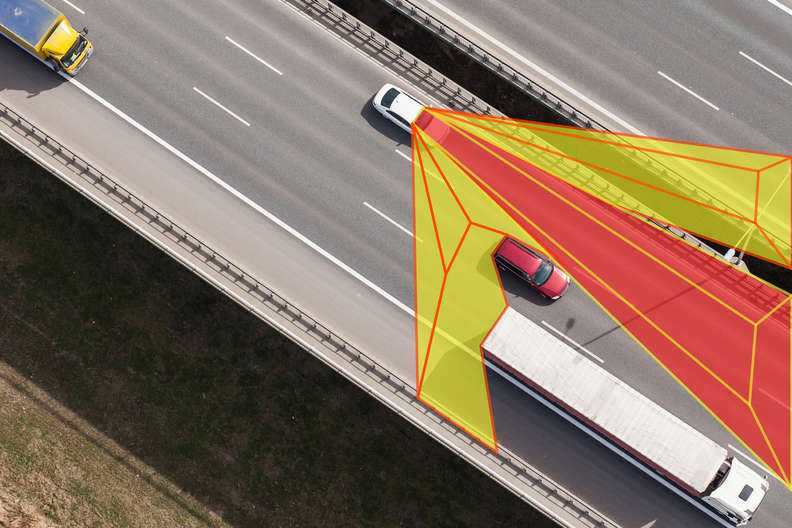Regardless of whether you’re a veteran driver or relatively new to the roads, there are good driving habits that anyone behind the wheels must repeat like a mantra and practice everyday and every second. Safe driving is not only about obeying traffic rules, but more importantly your attitude, preparation and habits.
Do everyone on the road a favor by adopting the good driving habits below. The life you save may be your own.
Contents
Good Driving Habits For Safe Driving
Look past the car in front of you

You might have heard of the phrase “defensive driving” when talking about good driving habits. This includes constantly scanning the entire area around you to identify potential dangers and at the same time leaving enough safety space around your vehicle at all times. This will give you enough time to react in case of emergency.
Specifically, when you scan the road ahead, look beyond the car in front of you. Look to the left and right of it, and even through the front windshield if you can. You’ll likely start braking for dangerous situations even earlier than that car in front, and sometimes this makes all the difference.
The rule of thumb is focusing on the road 12 to 15 second in front of you in the city, and 20-30 seconds on the highway. Another way to measure is look ahead one block ahead in the city, and about a kilometre ahead on the highway.
READ MORE
- Amazing Driving Tips In Heavy Traffic For All Drivers
- Eye-Opening Truck Driving Tips That Will Save Lives
Leave enough space around your vehicle
Do not tailgate. If you want to go faster, pass the car ahead of you in another lane if it is safe to do so, but keep a safe distance if it is not. Always maintain ample space between you and the car in front and behind.
Constantly scan your surroundings
While driving, it’s easy to tune out what’s happening around you, especially on long rides. That’s why moving your eyes between your left, right and rear-view mirror helps to keep your peripheral vision open and also importantly, this proactive habit keeps you more awake.
The general rule is to check the rear-view major every five to eight seconds, and then look left, centre, as you approach an intersection. Always be sure to not only check the appropriate mirror when switching lanes, but to glance over your shoulder too to make sure the coast is clear. Be aware of your blind spot.

Proper Car Maintenance
This is one of the first and foremost good driving habits that every new driver must practice, but many take for granted and underestimate over time. Frequent and proper maintenance will keep your car in tip top shape and minimize the risk of accidents caused by a malfunctioning component. From overly worn tires to failing breaks and more, lack of maintenance increases accident risk in countless ways.
Many important maintenance jobs can be performed in your own garage with cheap and simple tools, too. Browse our comprehensive library for handy DIY maintenance guides and tips.
Avoid distractions

Distracted driving is a major cause of auto accidents. Texting while driving is actually more dangerous than drunk driving.
To avoid it, start by disciplining yourself not to use your cell phone when behind the wheel. On long drives, put the phone in “Do not disturb” mode so that you won’t be distracted by texts or email notifications. If you need to take a call, text, have a drink or eat, pull over and take your time.
While we’re on this, it is worth mentioning the bad habit of using headphones while driving. We understand that everyone enjoy the pleasure of listening to music, podcasts, radio, and audiobooks every now and then, yet when the sound is coming from headphones as opposed to the vehicle’s speakers, you’re putting yourself at risk. Wearing headphones prevents drivers from hearing emergency vehicle sirens, car horns from other vehicles, railroad crossing alarms, or crosswalk signals. This can result in an accident and injury to yourself or others.
READ MORE
Take Regular Breaks
Driver fatigue is a major factor in road accidents. Pull over to the side or the nearest rest stop to stretch your legs, have some coffee or snack to stay awake and alert.
Park Defensively
Good driving habits aren’t exclusive to the roads, they also apply to parking lots. An ideal way to park in a lot is to find a spot that allows you to come out front-end first, rather than back out.
You should also park under a street light at night when possible for extra safety, thanks to the visibility, and to find your keys more easily. Avoid parking at the end of a row in a parking lot, since there’s a higher risk of being hit by passing cars or getting bumped by loose shopping carts.



